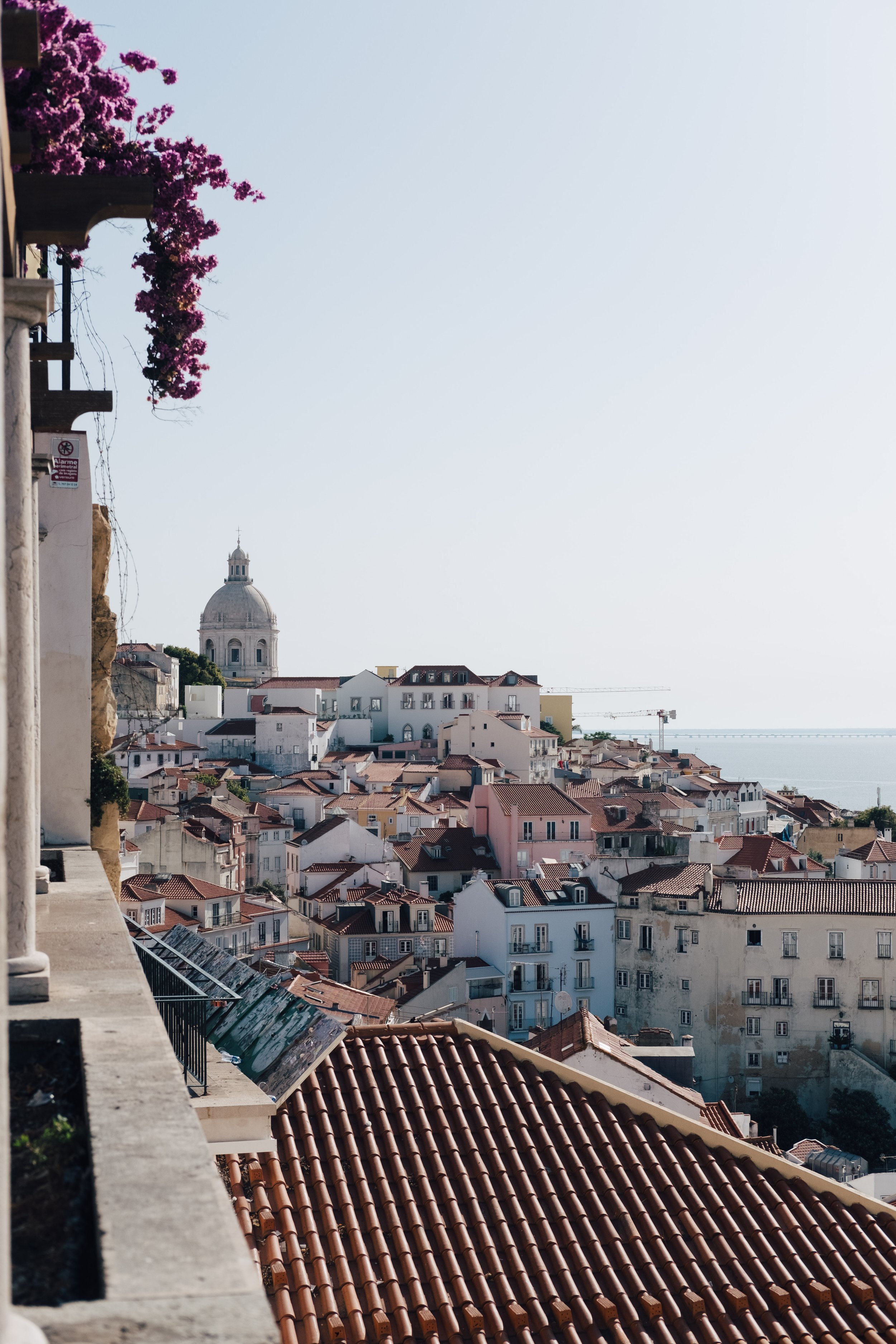Fieldnotes from Portugal
Beyond yellow trams and egg tarts, here are a few observations and impressions from a short trip to Portugal back in July.
Coriander over parsley. Vongole, fresh from the sea/ocean, cooked in white wine with lots of garlic (and a little butter) is one of my all-time favourite dishes. Almost everywhere else where I’ve tried it, it’s served with parsley but here in Portugal, it’s served with fresh coriander, and is a classic Portuguese dish (“Amêijoas à Bulhão Pato”). While coriander is widely used and available in Singapore (e.g. freshly steamed fish with ginger and whole dollop of coriander), it didn’t seem to be as popular here in Europe…till I visited Portugal where coriander trumps parsley. Verdict: Clams have never tasted so good.
Concept of time. When paying for some bathroom tiles at a Portuguese tile shop in Lisbon, the shop owner who was checking on shipping charges asked me: “Is this shipment urgent?” I said no, we don’t need it till end of the year. He sounded amused and commented that it’s so un-Portuguese because many of their (local) customers would come in and said that they needed it yesterday, a sentiment echoed again in the book “The Portuguese” on how there’s a tendency for them to leave things to the last minute.
Tiles: On the topic of tiles, you can’t visually miss it. Portuguese tiles (azulejos) are gorgeous, and in Lisbon, one can spot them almost everywhere - donning building facades, interiors, floors and walls. The owner of the tile shop mentioned above shared that many of the factories that manufactured these tiles have been shut down (for various reasons) and what they basically do is to buy, store and sell these discontinued lines of ceramic tiles as a way to preserve the heritage of these designs. This short film here has a bit more info on the history of this shop and the grandfather. Also, have you ever wondered if there’s any connection between the Portuguese tiles and the Peranakan tiles that’s so commonly found in Singapore and Malacca?
Creme Brulee : Why are these so delicious in Lisbon? Love the tinge of lemongrass in one, and the tinge of ginger in the other.
Green wine (Vinho Verde) is not green. It refers to wine that’s still relatively young, not aged, and is a delight to drink. Also, little did I know that the art of making Portuguese glassware dates back to centuries ago until I chanced upon a shop that’s filled to the brim with colourful, beautiful glassware. Don’t forget to bring a few back, they make great souvenirs that’s actually useful.
The Age of Discovery: Not surprisingly, the local bookshops are gold mines for local narratives/books/photobooks. Learning about Portugal’s fascinating past made the trip way more interesting and put many things in context and stuff I couldn’t wrap my head around. That they had a major role in the slave trade. That more than 500 years ago, they were already sailing off the Atlantic and conquering new lands (in what conditions? what did they eat or drink?).
Being in a foreign land heightens your senses in every sense - hearing a different language, smelling different foods, seeing different things and a good reminder of #whywetravel. 10 days was barely enough to scratch the surface, but here’s a short list in case anyone finds it useful - definitely not a “best-of” kind of list nor is it exhaustive, but just a sample of places I enjoyed (or high on my list to visit next trip).
Shop
Books: Livraria da Travessa (Lisbon) // It’s a Book (Lisbon - for children’s books) // Under the Cover (Lisbon) // Palavra de Viajante (Lisbon) // Indie not a bookshop (in Caiscais) // RG Livreiros (in Caiscais).
Glassware: Deposito Marinha Grande (Lisbon). Very helpful staff who are skilled in wrapping up those precious glasses in small carton boxes for easy packing in luggages.
Tiles: Cortico e Neto (Lisbon)
Stuff for home: A Vida Portuguesa
See
Museums: Museu Nacional do Azulejo (tiles), MAAT (art and design), Museu de Marinha (maritime)
Neighbourhoods walks: Principle Real, Campo de Ourique (residential-ish), Alfama (touristy but historical)
Eat
Restaurants: O Pescador (Caiscais), Sea Me (Lisbon), Estrela da Bica (Lisbon, had the best creme brule there), Jesus e Goes (delicious prawn curry)
Bakery: Marquise (delicious bread), Manteigaria (egg tarts)
Ice cream: Artisani Alvares Cabral








